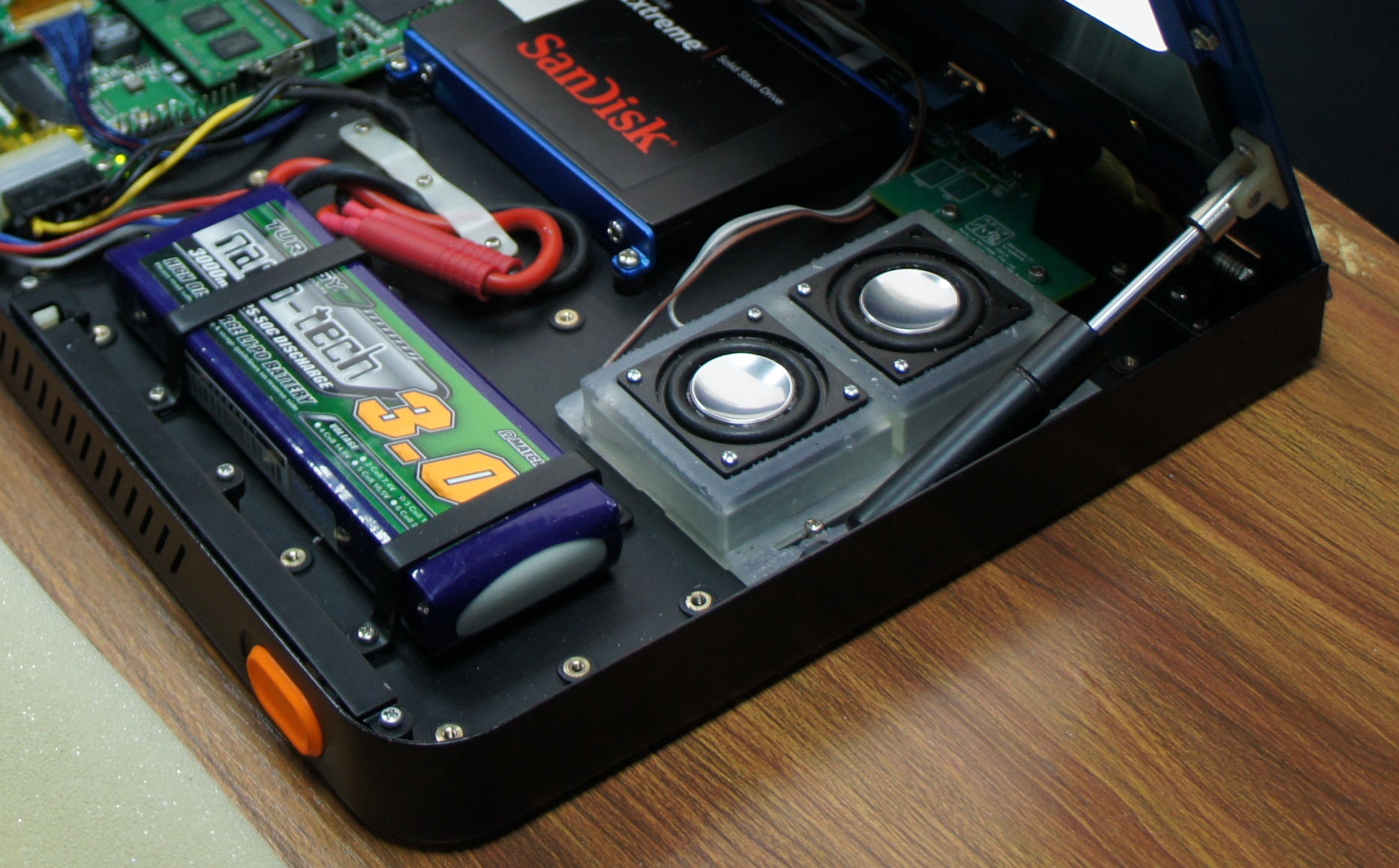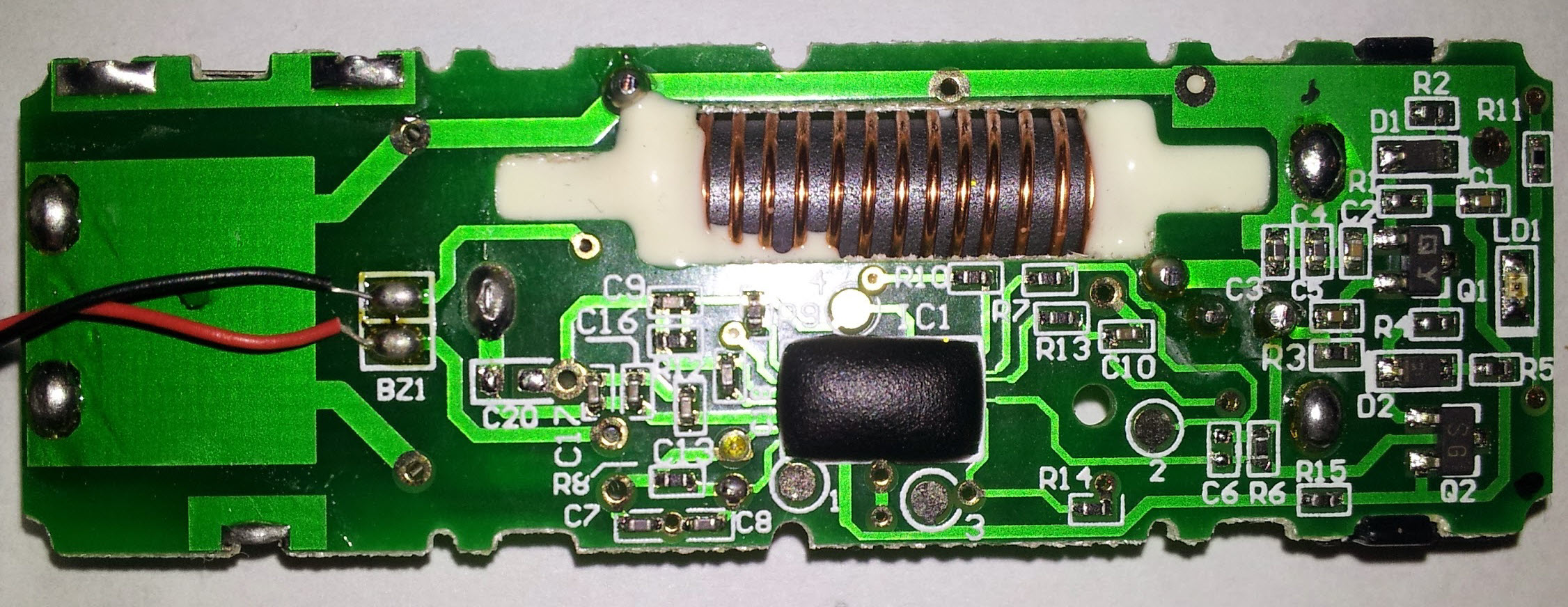I've been working on some visualization software in Processing using an Xbox Kinect Sensor, which will be used for a live video performance (in collaboration with the guys at BREAD MOTHERS) this Friday as part of Canopies album release show.
I'll post more about this event, and my collaboration with BREAD MOTHERS and the Canopies, in the coming weeks.
In the mean time, I needed a way to mount the sensors to tripods and/or booms to capture the performance on stage, without having to awkwardly balance the kinect sensors on shoe boxes or something.
The tripod I'll be using has a standard 1/4-20 bolt which is compatible with most cameras.
The Kinect, however, is meant to sit on a TV stand and has no mounting hardware. I decided to change that!
I started by cutting a six-inch section of some 1.5"x0.25" aluminum strapping.
For these cuts I'm using an Aluminum-cutting blade on my compound miter saw.
I draw out a 4" box, with a 1" margin on either side. I also drew centerlines from the four corners of the box.
I then drill five holes using a 7/32" bit.
The four corners will be for mounting the kinect to the aluminum, the center hole will be threaded to mount to the 1/4-20 tripod bolt.
Tapped the center hole with a 1/4-20 tap.
Next, I chopped the aluminum down to the 4" box I measured earlier.
Leaving me with four "notches" rather than holes.
These notches will secure zip-ties, which will hold the sensor in place.
Zip-ties were the perfect solution, as they enabled me to attach the sensor's base to the aluminum mount without having to modify the kinect or damage it in any way.
Yup. That'll do.




























































